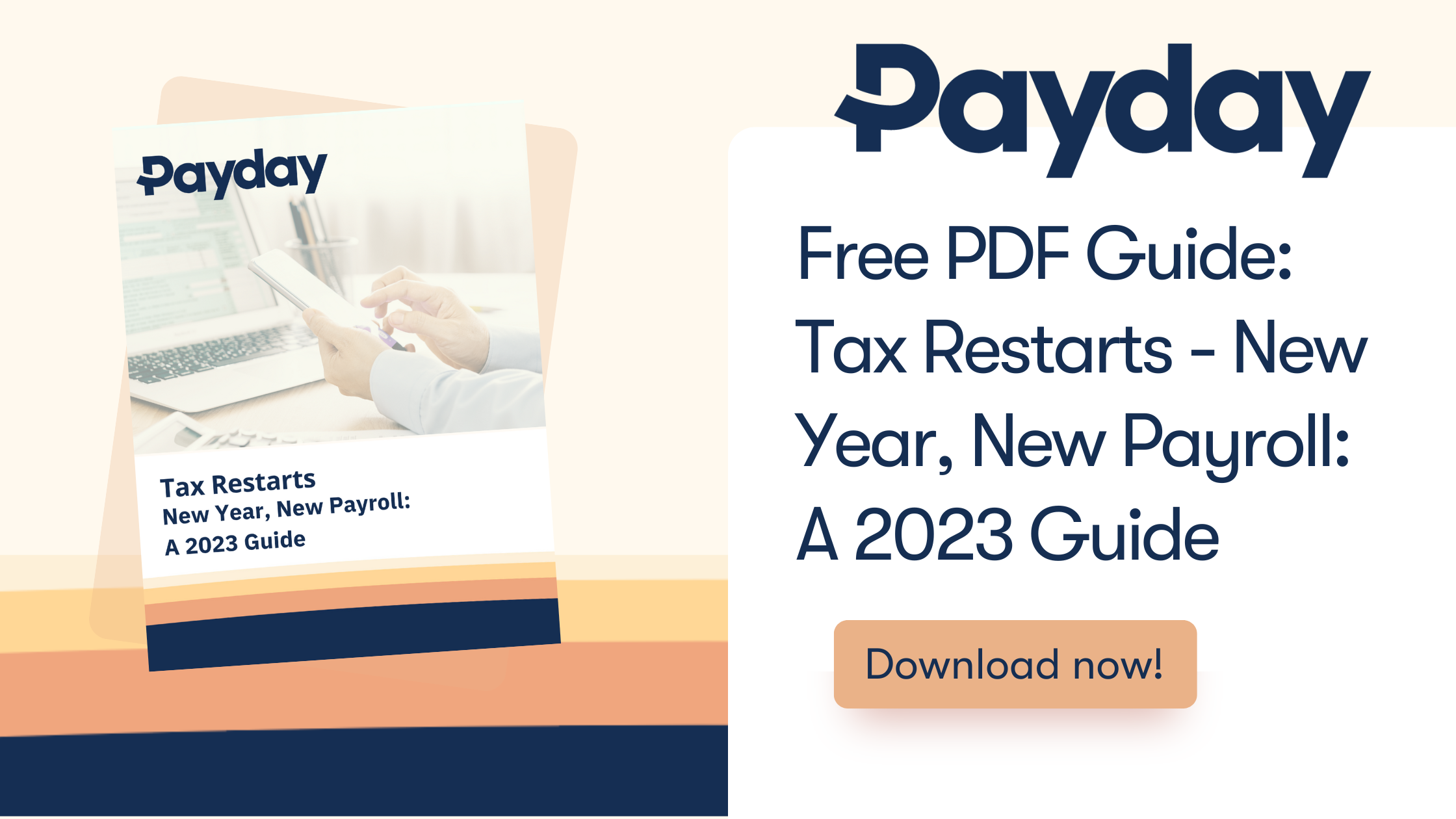If you’re dissatisfied with your existing payroll provider, or if you’re ready to transition from manual or in-house practices for the first time, it’s important to consider when you should switch to a new provider. Choosing an optimal time to switch providers can spare you valuable time locating and organizing tax forms, requesting refunds from your current provider, and other tasks that detract from your core business operations.
In this article, we’ll share CPA recommendations regarding the best time to switch payroll providers, explore the reasons why to switch, and help you determine what to look for in a new payroll provider.
Reasons to Switch Payroll Providers
Some businesses leave their existing payroll providers due to errors that have led to penalties, underpayment of employees, or inconsistent customer service that negatively impacts payroll accuracy. However, it’s just as common for a company to seek an alternative provider simply to enjoy better integration with other services like HR management, time and attendance, and benefits administration. It’s also reasonable to switch if the platform is difficult to navigate, unintuitive, or only accessible through specific devices.
For businesses interested in working with a payroll provider for the first time, it’s important to be aware of these potential issues and to choose a provider that offers an integrated platform, consistent customer support, mobile self-service access for employees, and software that is intuitively designed.
The Best Time of Year to Switch Payroll Providers
Almost without exception, CPAs and other experts recommend switching payroll providers at the beginning of the New Year. This spares your business the tedium (and time spent) mining and organizing quarter-to-date and year-to-date information from your former provider, as well as migrating historical and tax data, which could lead to errors or missing information in the new system.
Also consider that from a hiring and compliance perspective, new tax laws typically initiate in January and hiring spikes tend to occur early in the year, as well. Starting in the New Year makes it easier to train new hires using your new platform and ensures that your business is compliant with municipal, state, and federal tax and labor laws for the duration of the year. If you’re considering making any payroll policy changes (altering pay frequency, for instance), starting in January also allows you to make these adjustments in conjunction with the introduction of a new platform.
In our related article, we explain why you should avoid switching payroll providers mid-year and which steps you can bypass by starting on a new platform in January instead.
Questions to Ask Before You Switch Payroll Providers
Before you commit to switching to a new payroll provider, you should ask the following questions to ensure you’ve found a lasting match for your business:
- How usable and employee-friendly is the payroll system? Ideally, your provider should use a cloud-based system that is easily navigable for employees, leverages automation to avoid redundant tasks, generates data reports, and offers mobile access.
- Is it possible to integrate payroll with other HR features? An ideal payroll provider should facilitate the integration of payroll with HR management (recruiting, hiring, onboarding), benefits administration, time and attendance, and other essential processes. It should also make the management of 401(k) benefits, worker’s compensation, and enrollment processes seamless.
- Is the service secure, safe, and supportive? Given the wide range of sensitive personal and financial information involved in payroll (especially when integrated with other HR tools), it’s important to ask about a provider’s security measures and gauge how well your data will be protected. You should also ensure that you’ll have consistent access to a customer service representative in the event that you have questions or concerns.
- How will the payroll provide help with compliance? A reputable and responsible payroll provider makes your business’ legal compliance a top priority. They should possess on-staff HR experts who stay consistently informed of municipal, state, and federal regulations that apply to your company and industry.
All You’ll Need to Prepare
To streamline the process of switching to a new provider, we recommend taking the following steps:
- For tax purposes, allow your current provider to administer the final pay date of the current year and ensure that your new payroll provider manages all subsequent pay dates beginning with the first pay date of the New Year.
- To stay a step ahead, prepare annual and quarterly tax filings (as well as W-2s) from your current provider as soon as possible.
- Request copies of all financial records from your current payroll provider (tax records, employee information, etc.).
- Provide necessary business information (EIN, account info, etc.) to your new provider.
Bear in mind that your new provider should help you with this process, particularly the final step which involves integrating existing business information into the new payroll platform.
Streamline Payroll & HR with Payday
Whether you’re unsatisfied with your current payroll provider, want to transition out of in-house practices, or simply understand the value of integrating all of your key HR processes into a single, automated platform, we’re here to help. With Payday’s software, expertise, and personalized service in your corner, running streamlined payroll has never been easier. Contact us today to start our collaboration.


